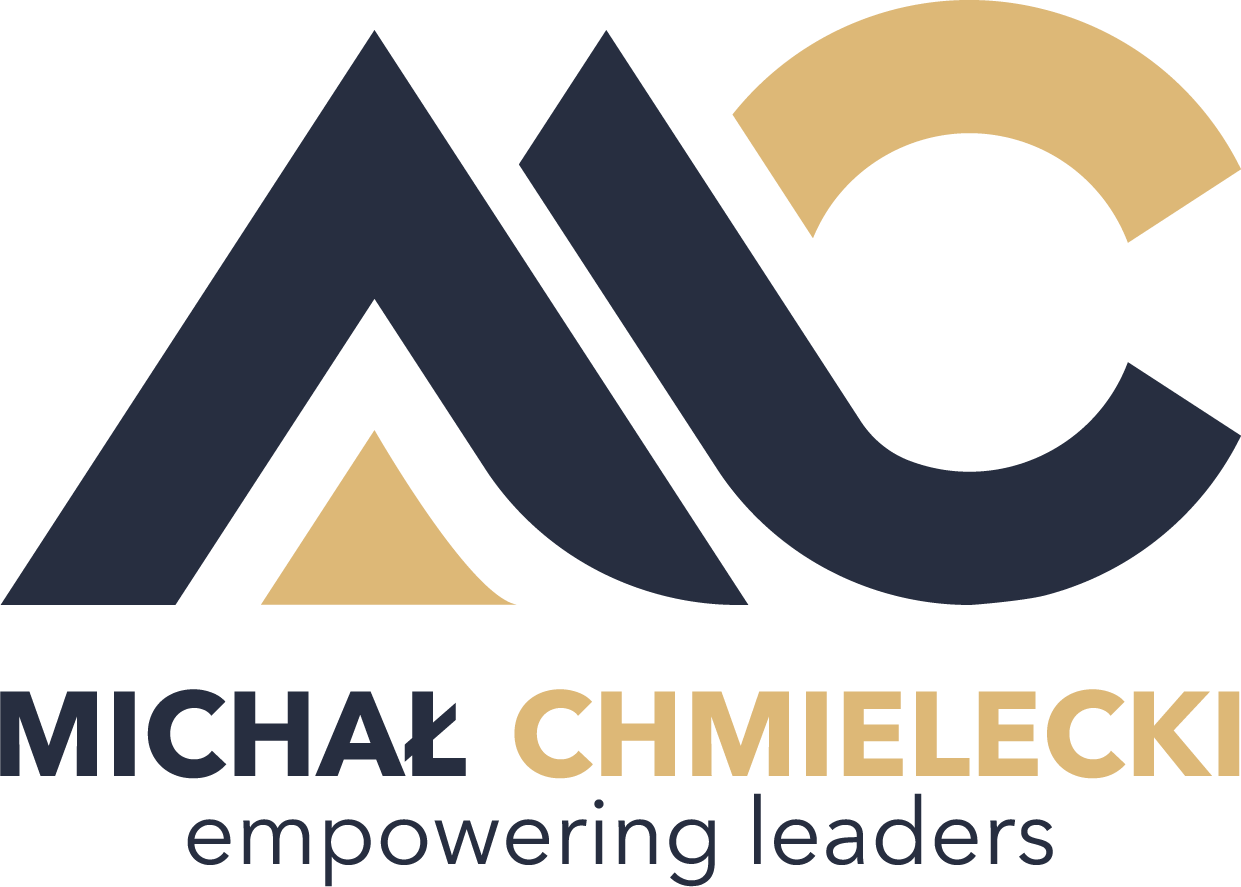Great Leaders Don’t Just Build Teams — They Build Learners
In today’s dynamic business world, leadership is no longer defined solely by results, authority, or charisma.
True leadership is about developing others — empowering people not just to perform, but to learn, adapt, and grow continuously.
The most effective leaders understand that sustainable success doesn’t come from building teams that follow — it comes from building teams that learn.
The Shift from Managing to Developing
For decades, leadership models focused on management — setting goals, assigning tasks, and measuring performance.
But as the pace of change accelerates, what matters most is learning agility — the ability of individuals and teams to evolve faster than their environment.
That’s why great leaders no longer see themselves as instructors or controllers, but as learning architects who shape cultures of curiosity and growth.
They ask better questions, inspire exploration, and give people the freedom to think independently.
Why Great Leaders Focus on Learning
1. Learning Drives Long-Term Performance
Short-term results can be achieved through direction and control.
Long-term success, however, depends on people who can learn, problem-solve, and innovate.
Leaders who build learners create organizations that can thrive amid uncertainty — because they’ve built adaptability into their DNA.
2. Learning Builds Engagement and Ownership
Employees who learn feel valued.
When leaders invest time in developing others — through coaching, mentoring, or challenging assignments — they create trust and commitment.
People don’t just work for such leaders; they grow with them.
3. Learning Strengthens Resilience
In uncertain times, knowledge can become obsolete — but the capacity to learn never expires.
Teams built by learning-oriented leaders can pivot, adjust, and recover faster from setbacks.
How Great Leaders Build Learners
1. They Model Curiosity
Learning starts at the top.
When leaders read, attend workshops, and seek feedback, they send a clear message: learning is not optional — it’s part of who we are.
Even seasoned executives continue developing their skills through specialized programs such as advanced negotiation and communication workshops, proving that growth never stops.
2. They Encourage Reflection
Great leaders don’t simply ask, “What went wrong?” — they ask, “What did we learn?”
They turn projects, successes, and even failures into opportunities for shared learning.
3. They Empower Through Questions
Instead of giving quick answers, they ask thought-provoking questions that build problem-solving skills.
They coach rather than instruct, allowing team members to find solutions independently.
4. They Create Safe Spaces for Experimentation
Psychological safety is the foundation of learning.
Leaders who encourage open dialogue and tolerate mistakes foster innovation and creativity.
People learn best when they feel safe to try, fail, and try again.
5. They Reward Learning Behaviors
Great leaders recognize not only outcomes but also the effort to grow.
They celebrate curiosity, initiative, and continuous improvement — reinforcing learning as a key performance value.
Leadership in the Age of Continuous Learning
In the era of digital transformation, leadership is no longer about maintaining stability — it’s about guiding evolution.
Modern organizations need learning leaders who can align development with strategy, inspire growth mindsets, and connect learning to business impact.
They use tools like blended learning, microlearning, and coaching not as trends, but as strategic enablers of transformation.
Building a Learning-Centered Leadership Culture
When learning becomes a shared organizational value, leadership development accelerates naturally.
To achieve this, companies should:
Integrate learning objectives into leadership performance reviews
Provide mentoring and peer learning programs
Link leadership workshops to real business challenges
Encourage leaders to act as internal coaches and facilitators
Such cultures don’t depend on a few exceptional individuals — they’re built on systems that make learning everyone’s responsibility.
The Lasting Impact of Learning-Oriented Leadership
Leaders who build learners create more than capable teams — they build future-ready organizations.
Their influence extends far beyond quarterly results; it shapes cultures of adaptability, creativity, and resilience.
These leaders know that the ultimate measure of success isn’t how many people follow them — but how many grow because of them.
Conclusion
In the future of work, leadership and learning are inseparable.
The best leaders don’t just build teams that deliver — they build people who discover, evolve, and lead in their own right.
When leaders focus on learning, they unlock the full potential of their teams and create organizations that can reinvent themselves endlessly.
